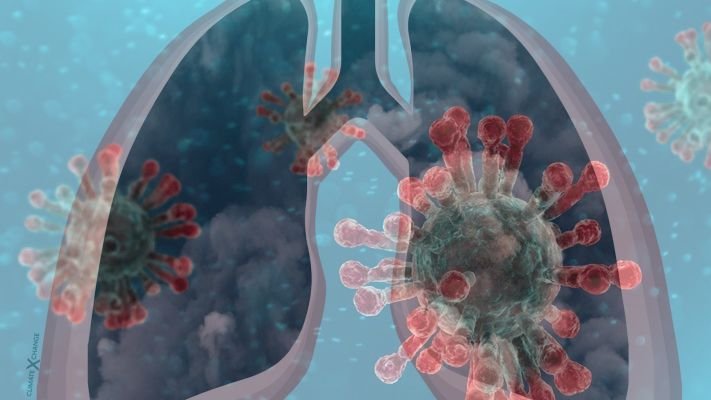How far can coronavirus travel? Much…much further than it was previously thought, if it latches onto some air pollution particles which makes them airborne.

Dr. Leonardo Setti of the University of Bologna in Italy is prioritizing this as a significant finding and delving deeply into the matter scientifically. He wants to find out how it can be carried by air pollution, and how far.
Dr. Setti’s study used outdoor air pollution samples from one urban and one industrial site in the Bergamo province. This is the first preliminary evidence that Coronavirus can be present on outdoor particulate matter, thus suggesting that, in conditions of atmospheric stability and high concentrations of PM, SARS-CoV-2 could create clusters with outdoor PM and, by reducing their diffusion coefficient, enhance the persistence of the virus in the atmosphere.

These finds suggests that higher levels of pollution could explain higher rates of infection in parts of northern Italy which is said to be one of the most polluted regions in Europe.
Another supportive study by Luigi Martelletti and Paolo Martelletti found that the atmospheric particulate matter exercises a carrier (or boost) action along with the coronavirus.

The PM10 (particulate matter) is composed of solid and liquid particles which allow to float in the airflow longer and to be widespread over larger distances. Atmospheric PM has a sub-layer that facilitates the coronavirus survival in airflows for hours or days.

Although the connection can be considered both a false statement as it lacks data and causality, China has faced a near identical situation with the epicenter of the Covid-19 pandemic, where elevated concentrations of air pollutants were present in the regions mostly affected.
Reference- “SARSn-Cov-2 RNA Found on Particulate Matter of Bergamo in Northern Italy: First Preliminary Evidence,” The Journal of Infection, Air Pollution and the Novel Covid-19 Disease: a Putative Disease Risk Factor, Clean Technica






